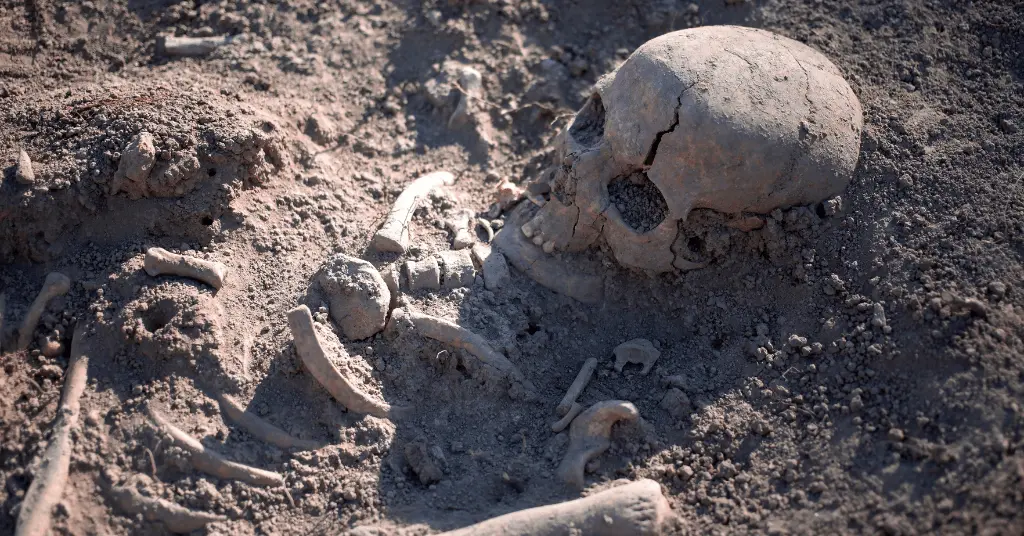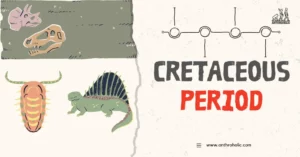AI Answer Evaluation Platform Live Now. Try Free Answer Evaluation Now
Archaeological Excavation
The purposeful search for and documentation of archaeological remains, such as buildings, artifacts, and other tangible material traces from ancient human groups and civilizations, is known as archaeological excavation.

Steps in the Excavation process
Archaeologists use a range of tools, including surveying, satellite photography, and historical records, to first select a suitable site for excavation.
Before the excavation begins, archaeologists establish a plan that describes the location and size of the excavation site, the methods that will be applied, and the equipment and materials necessary.
Archaeologists clear the excavation site of any plants or surface detritus before conducting any digging.
Excavation: The silt and soil layers are carefully and properly removed from the site using shovels, trowels, and brushes. All artifacts or other relics that archaeologists uncover are accurately recorded, along with their context and location.
Archaeologists date the artifacts and other evidence they unearth after the excavation is done, interpret the data, and recreate the context and history of the site.
Following an examination, archaeologists aim to safeguard the artifacts and other remains they have unearthed. Conservation procedures include cleaning, stabilizing, and keeping the artifacts in a controlled environment. They are extensively utilized to achieve this.
Types of Archaeological Excavation
Archaeological digs occur in numerous forms, including:
Vertical excavation is a procedure used to explore the numerous strata of a site by slicing through each layer to uncover any artifacts or other evidence that may be present. Vertical excavations might be able to give novel insights on the site’s historical history.
Exploring a place for objects and other artifacts that are piled horizontally is known as horizontal excavation. Horizontal excavations may indicate a site’s spatial structure, including the placements of its roadways, buildings, and other features.
When a location is endangered by development or building, rescue excavations are carried out. Rescue excavations are frequently conducted swiftly and may only cover a restricted area of the site, but they might be able to offer vital information about the location prior to its destruction.
The technique of digging through soil layers to expose antique artifacts and other relics is known as stratigraphic excavation. The links between a site’s various strata are studied during stratigraphic excavations, and the development of the site’s layers is depicted.
A test excavation looks at a limited portion of a site to see whether it is suited for future inquiry. Test digs are occasionally carried out to identify whether there are archaeological remains before beginning a more complete examination.
Archaeologists must carefully analyze which strategy is best suited for the research questions they are aiming to solve, as each style of excavation has pros and cons of its own.
While archaeological excavation offers access to essential details about how these societies arose, it is a fundamental technique for understanding ancient human groups and civilizations. Archaeologists must find a balance between the demand for knowledge and the need to safeguard and maintain these unique artifacts, as excavation may sometimes be a destructive activity.
Plans for prospective archeological excavation
Future archaeological digs are expected to be carried out differently owing to increased academic interests, cultural attitudes toward heritage protection, and technical developments. The list of expected trends and events that follows includes:
Archaeologists are increasingly adopting non-destructive technology like ground-penetrating radar and LiDAR to assess sites without doing considerable excavation (Light Detection and Ranging).
By scanning and mapping archaeological sites from the air, drones and other remote sensing technologies provide significant information on the composition and characteristics of these sites.
Digital data gathering and analysis: New approaches for data collecting and analysis, such as 3D modeling and simulations in virtual reality, are now available because of improvements in digital technology.
Partnership within the community: Some archaeologists are striving to include communities in the study and preservation of archaeological sites because they recognize the importance of community participation for quality research and heritage management.
Archaeologists are working increasingly to protect and manage cultural heritage places as the problem hurting the world’s cultural heritage rises, typically in partnership with local communities, governments, and international organizations.
In general, the future of archaeological digs is projected to be distinguished by a growing emphasis on cooperation and environmentally friendly practices, the use of current technology, and an increased realization of the imperative for cultural preservation in a rapidly changing world.




